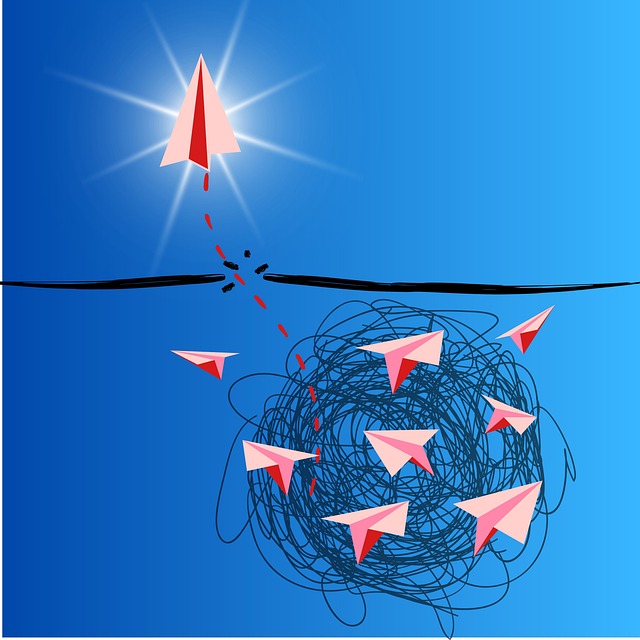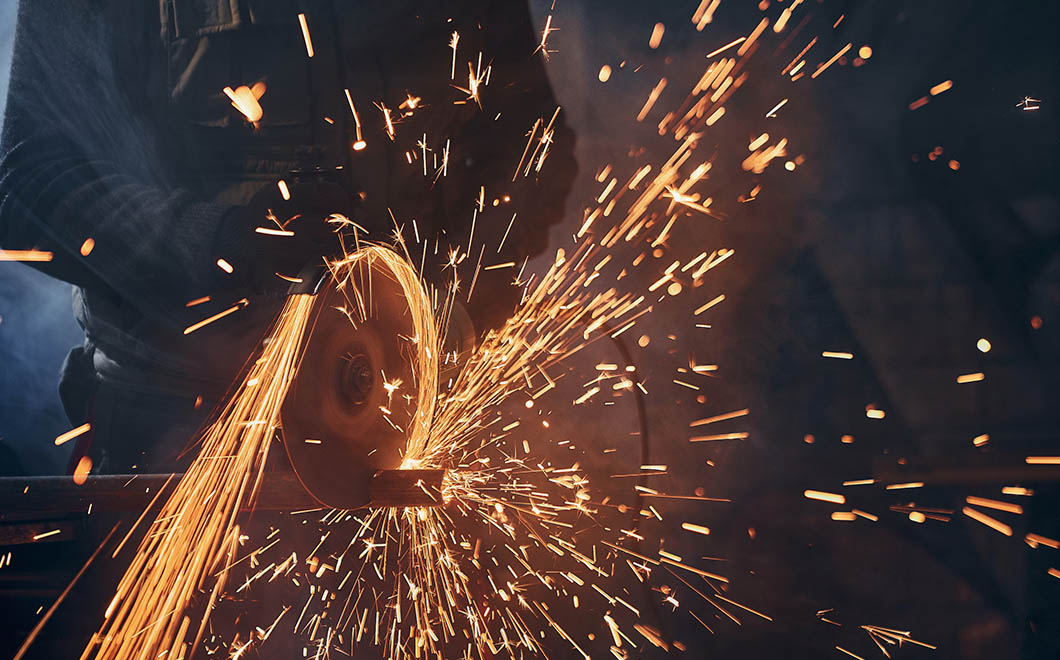So You Need A Better Way To Innovation? Now What?
Are you tired of the innovation chaos? Are you worn down from the 1,000 new ideas and technologies? Wondering how to build an effective AI strategy that creates value? If you said yes to any of these, then you are ready for a proven, practical approach to enterprise innovation — it is time for Intentional Innovation!
We live in a world full of amazing new inventions, and each one comes with both a promise and a price. If your organization is going to survive the chaotic ride that modern innovation presents, you need a plan to target, ideate, develop, and launch your big ideas. Market disruption is no longer only for the startups and the billion-dollar businesses. Discovering novel solutions and getting these big ideas off paper and into implementation requires a proven process that drives alignment and forward motion. And that’s where Teaming Worldwide comes in.
Ideas to Implementation
Ideas to Implementation is an in-depth, five-part series that zeroes in on fostering creativity that leads to innovation and success, while dodging the inhibitors and roadblocks that keep you from moving forward.
Participants:
- Gain methods and mindsets to develop a deep understanding of their customers
- Apply methods that will help turn customer needs into human-centered solutions
- Inspire teams and build confidence to take on new challenges.
- Understand the roles of human-centered design techniques in large scale innovation
We utilize tailored, customized approaches to help businesses of all sizes create safe environments in which to ideate and implement. Our goal is to lead you to identify and execute expectations and agreements around innovation, to ignite creativity amongst teams and decision makers, and to find direct, easy-to-navigate pathways to innovation success. And we do it all while having fun. Seriously.
All Aboard
We delivered dozens of Ideas to Implementation training sessions in 2023 and are offering a steep, one-time BOGO discount in the month of February for new clients ready to take their ideas from the white board to fruition. Schedule a discovery call today to unlock the deal!
Intentional Innovation® Powered by Teaming Worldwide
Intentional Innovation® is a commercially-proven innovation operating system designed to simplify and implement higher-performing, longer-lasting solutions that drive market disruption, new revenue, and deeper customer engagement.
Ready to learn more about Intentional Innovation® and how Teaming Worldwide can help you solve your business’s most pressing innovation pain points? Let’s connect. Visit www.teamingworldwide.com/innovation to schedule a discovery call or email hello@teamingworldwide.com.





